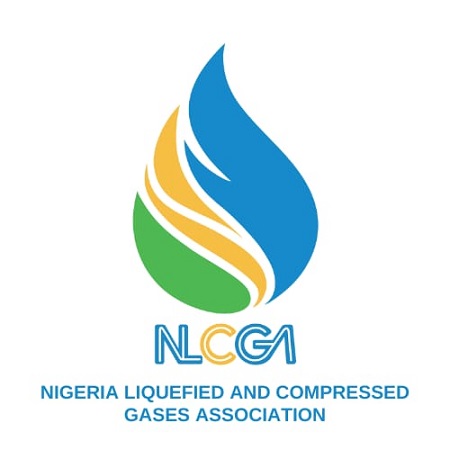The Nigeria Liquefied & Compressed Gases Association (NLCGA) attention has been drawn to a video making the rounds on social media about LPG cylinder safety Vis a Vis the safe filling capacity of domestic gas cylinders.
In the video, the well-meaning gentleman warns cooking gas cylinders users against filling to the prescribed capacity labelled on the cylinder. According to him, a “12kg” cylinder for instance, must not be filled up to “12kg” capacity but rather “11kg”. This message, that it is only safe to fill between “10kg” and “11kg”for a “12kg” cylinder (See the below image), has spread with people sharing it repeatedly on social media.
Unfortunately, this is factually incorrect! Whilst it is true that cylinders must NOT be overfilled, it is safe to fill cylinders to their prescribed weights as defined by the Standards Organisation of Nigeria (SON).
The safe filling weight of all cylinders are clearly embossed on the cylinder. These prescribed weights takes into consideration the expansion of the gas in varying weather conditions.
The SON Standard for cylinders (NIS: 69) defines each cylinder category by volume (water capacity). For instance, the “12.5kg” cylinder below has a liquid capacity of approximately26.5litres (refer the embossed information on the cylinder collar). The safe filling weight for this cylinder is: 26.5 litres x 0.575 SG (specific gravity of LPG) x 85% safe fill capacity = 12.95 kg (meaning, the 12.5kg cylinder can, therefore, safely be filled to 12.5kg) This is in line with the SON NIS69- Specification for refillable Liquefied Petroleum Gas Cylinder.
The NLCGA wishes to use this avenue to orient the general public on matters of safety concerning LPG. Please, feel free to contact the NLCGA Secretariat for further details or enquiry via secretariat@nlcga.com


Comment here